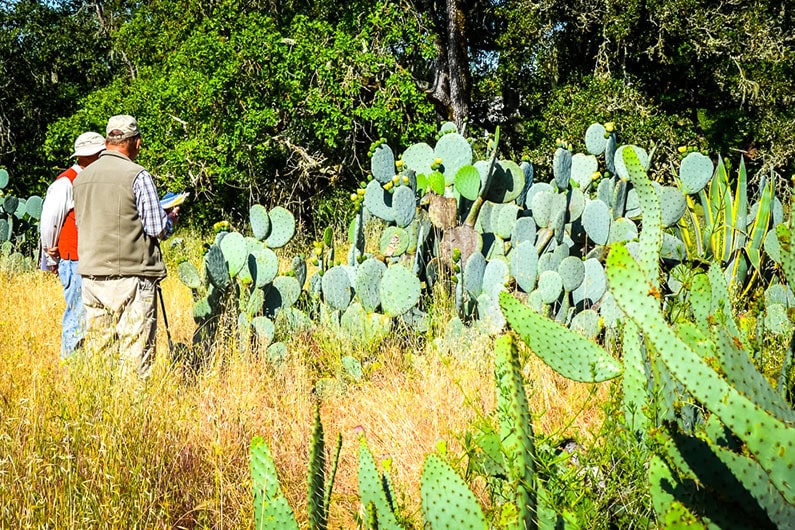Southeast Greenway is Home to Scores of Plants and Animals
At first glance, the Southeast Greenway may look like a blank canvas—a stretch of open land waiting for trails, trees, and picnic tables. But if you stop and look closely, you’ll see signs of something much more alive: birds rustling in the brush, coyote tracks in the soil, and the quiet persistence of native plants trying to reclaim their place.
Years ago, retired botany professors Steven Barnhart (Santa Rosa Junior College) and Chris Kjeldsen (Sonoma State University) created a detailed biota of the Greenway, documenting the plants, animals, and fungi living on the land. What they found was impressive: a diverse ecosystem that once supported a classic valley oak savannah with native grasses and seasonal wildflowers. The soil, they noted, still remembers that landscape—and could support it again.
That matters, not just for beauty, but for the survival of countless species.
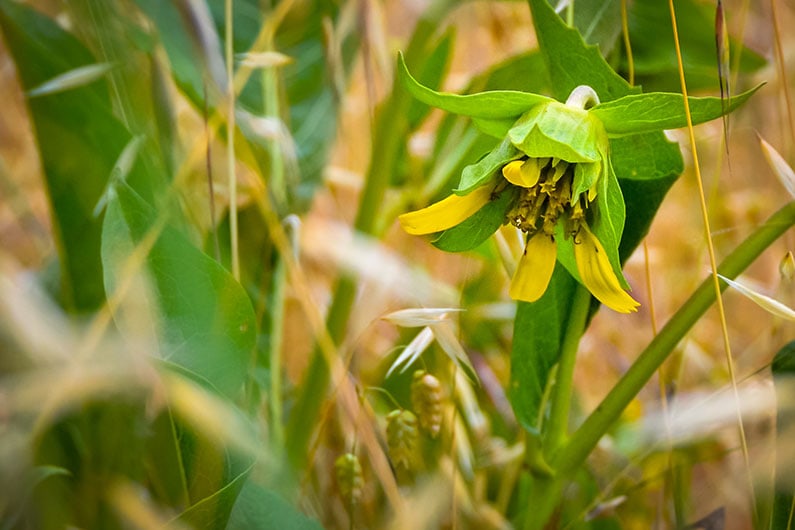
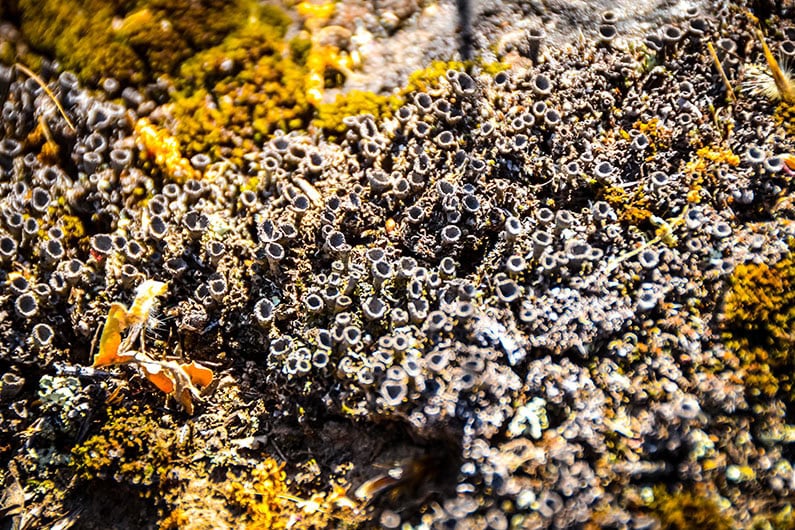
“When we plant native species like valley oaks, willows, and coffeeberry, we’re doing more than landscaping,” says Barnhart. “We’re giving local birds, insects, amphibians, and mammals the habitat they need to survive. These species evolved together—and they depend on one another.”
He went on to say that if feasible, restoring Sierra Park Creek, a seasonal creek between Yulupa and Summerfield, would be a great enhancement, providing habitat for trees characteristic of creeks, such as Oregon ash. The existence of annual vernal pools would give children from the neighboring schools opportunities to see frogs and salamanders.
Barnhart, who after retiring started an environmental education program at Pepperwood Preserve, says “I’ve seen kids come there who’ve never been in nature before and their eyes sparkle.”
“Nature provides so much—psychologically, spiritually, and ecologically,” says Barnhart. “Most preserves are out of town and hard for people to reach. But this one is right here.”
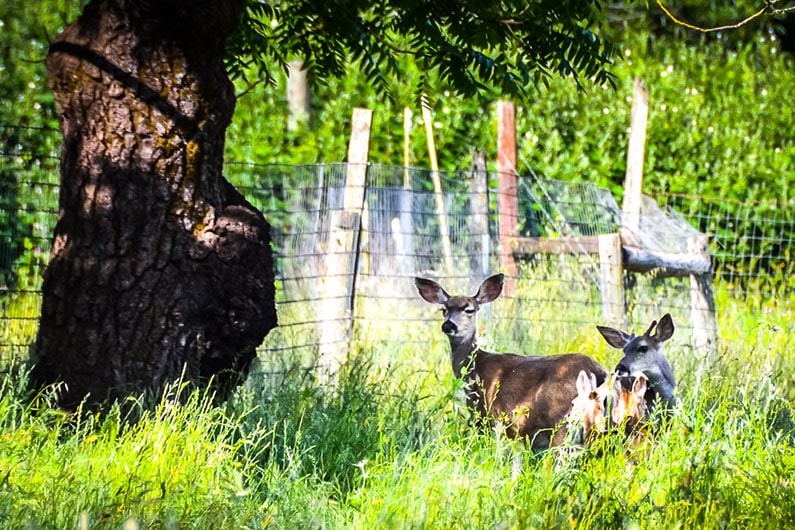
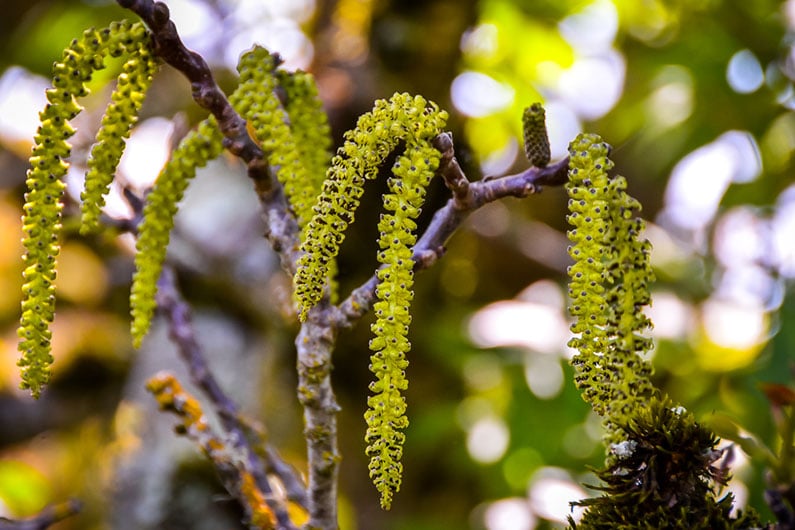
Photos courtesy of Grace Cheung-Schulman

